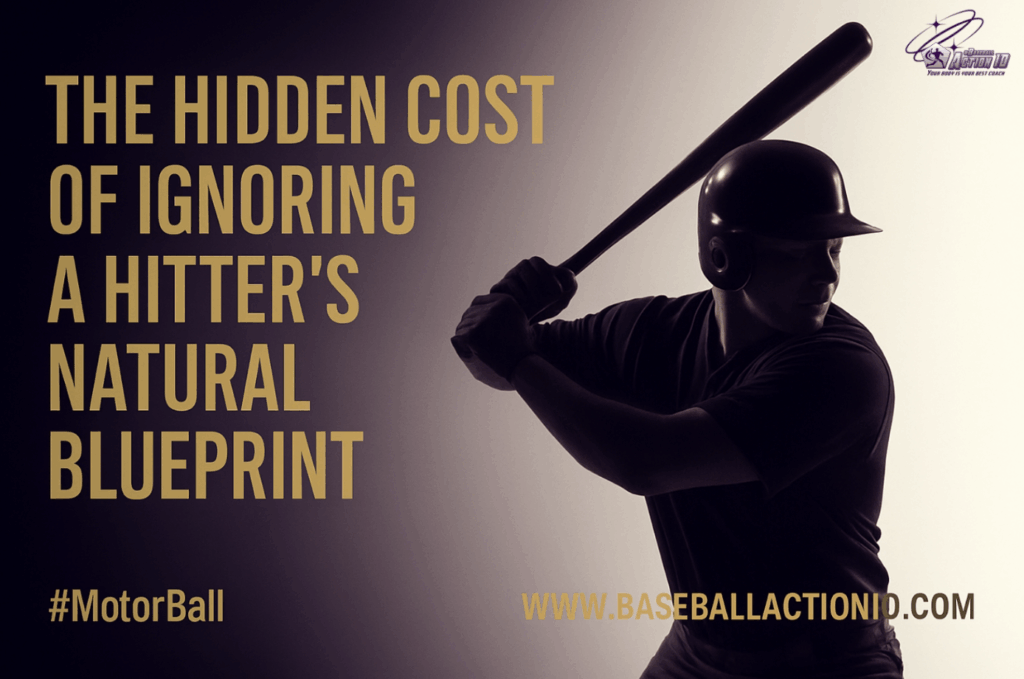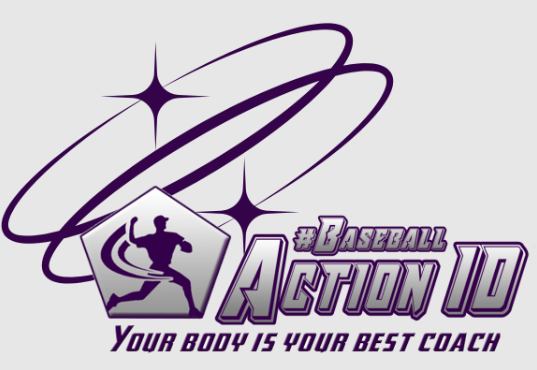The Hidden Cost of Ignoring a Hitter’s Natural Blueprint

Recently, I came across an article about a truly exceptional Major League hitter — a player with elite production, remarkable consistency, and enviable numbers.
His batting average was steady, his walk ratio healthy, and his strikeout rate impressively low.
And yet, despite his proven success, some coaches and analysts insisted there was still something to “fix.” They wanted him to adjust his approach.
The result?
A perfect case study in what happens when we ignore a player’s natural motor blueprint and the perception-action cycle that drives performance.
The Perception-Action Cycle: The Body as a Parabolic Antenna
Even before the ball leaves the pitcher’s hand, the hitter’s body is already processing signals — rhythm, release cues, ball speed, and direction.
Think of the body as a parabolic antenna: it collects these signals, aligns them, and prepares them for action.
But here’s the catch:
This “antenna” only works cleanly if the hitter is standing in a posture that matches his natural movement blueprint. In that state, the system is finely tuned. Signals are clean. Reactions are smooth, efficient, and energy-saving.
Change the alignment, and the signal breaks.
The MotorEye: Seeing Before You Swing
A crucial part of this process is the MotorEye.
⚠️ Important clarification: The MotorEye has nothing to do with the so-called “dominant eye.” A player with a right-dominant eye can still have a left MotorEye, and vice versa. The two are not the same thing.
Every hitter has one MotorEye — either left or right. This eye drives how the pitch is tracked, processed, and translated into action.
In the case of the elite hitter from the article, his natural blueprint allowed him to benefit from a slightly tilted head position that naturally aligned his visual system, enabling him to receive input with his parabolic antenna without any interference.
This setup allowed his MotorEye to track pitches with maximum clarity and precision.
- His single MotorEye was tuned.
- His parabolic antenna was aligned.
- His perception-action cycle flowed seamlessly.
The Fatal “Correction”
But then came the “fix.” Coaches and analysts wanted him to stand taller, keep his head straight, and “use both eyes equally.”
The result? His MotorEye was taken out of its natural alignment. The parabolic antenna lost its signal. The perception-action cycle broke.
And the numbers told the story:
- His batting average dropped.
- His walk rate declined.
- His strikeout rate spiked.
Not because he suddenly forgot how to hit — but because his natural system was forced out of alignment.
The Takeaway for the Baseball World
This case serves as a warning to every coach, hitting coordinator, and front office.
When we impose “universal models” without understanding a player’s natural blueprint, we don’t improve performance — we sabotage it.
The MotorEye, the parabolic antenna, and the perception-action cycle are all interdependent.
When they’re aligned, the hitter achieves maximum efficiency, consistency, and health. When they’re not, even the most talented player will struggle.
The lesson is simple but critical:
👉 Respect the blueprint. Optimise the individual. Don’t force the model.
Because in Major League Baseball, the difference between .300 and .250 isn’t mechanics — it’s alignment with how a player is naturally wired.

